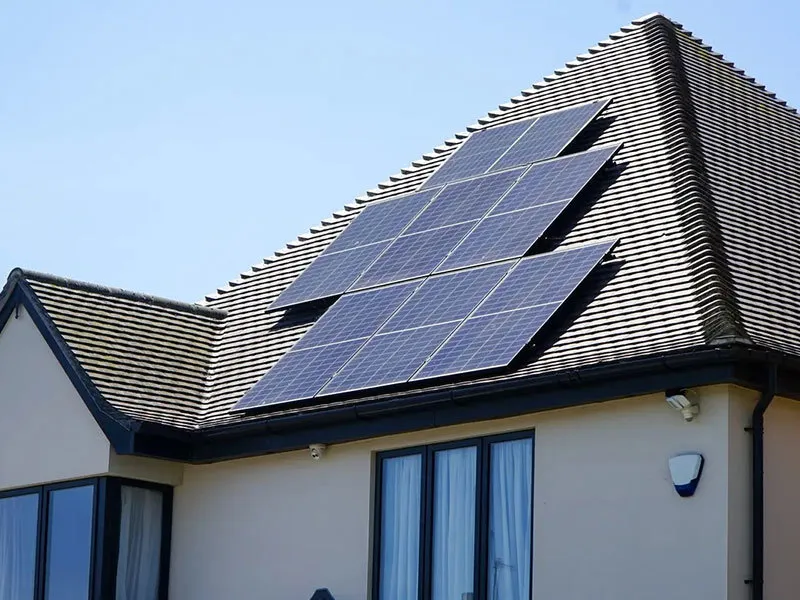Common Dimensions and Sizes of Solar Panels for Residential and Commercial Use Explained
Understanding Typical Solar Panel Dimensions
In recent years, renewable energy sources, particularly solar energy, have gained significant traction as a sustainable alternative to fossil fuels. As individuals and businesses seek to harness the sun's power, understanding the dimensions and efficiency of solar panels becomes crucial. This article will explore typical solar panel dimensions, their importance, and how they impact energy production.
Solar panels, also known as photovoltaic (PV) panels, convert sunlight into electricity. The most common type of solar panels used for residential and commercial installations are monocrystalline, polycrystalline, and thin-film panels. Each of these types has different dimensions and efficiencies, which can influence the overall performance and applicability of solar solutions.
Common Dimensions of Solar Panels
Typical solar panels come in standardized sizes that vary slightly based on the manufacturer and panel type. The most prevalent size for residential solar panels is approximately 65 inches by 39 inches (1.65 meters by 1 meter) for monocrystalline panels. This size is designed to maximize the surface area available for capturing sunlight while remaining manageable for installation. Polycrystalline panels are often similar in dimensions, although they may vary slightly, generally ranging from 60 to 66 inches in height and 35 to 40 inches in width.
Another type, thin-film panels, are usually lighter and more flexible than their crystalline counterparts, but they tend to occupy larger areas for the same amount of power output. Their dimensions can range significantly based on the specific technology and application but are often around 3.5 feet by 3.5 feet for individual panels.
Importance of Dimensions
typical solar panel dimensions

Understanding the dimensions of solar panels is crucial for several reasons. First, it determines how many panels can fit on a rooftop or designated solar installation area. For instance, a typical residential roof might accommodate around 20 to 25 solar panels, translating to a system capacity of approximately 5 to 7 kW, depending on local regulations and design conditions.
Second, the dimensions influence the installation cost. Larger panels typically have a higher wattage rating, which means fewer panels may be needed to meet energy needs. However, they might also require more robust mounting systems and greater roof reinforcement, potentially increasing the overall cost of the solar installation.
Third, understanding solar panel dimensions can aid in optimizing energy production. The efficiency and output of solar panels vary with size and technology. Monocrystalline panels tend to be more efficient than polycrystalline panels, meaning that they can generate more electricity from the same area. Consequently, selecting the right panel size and type based on available space and energy requirements is essential for maximizing the return on investment.
Factors Influencing Dimensions
Several factors can influence the dimensions and design of solar panels. One major factor is the intended application. Panels designed for residential rooftops may differ from those used in large-scale solar farms. Additionally, advancements in solar technology continue to drive changes in panel design, allowing manufacturers to produce slimmer and more efficient models.
The local climate can also impact the choice of solar panel dimensions. Areas with limited sunlight might benefit from larger panels that can capture more solar energy throughout the day, while regions with abundant sunlight might effectively utilize smaller, more efficient panels.
In conclusion, understanding the typical dimensions of solar panels is essential for anyone looking to invest in solar energy. As the world continues to embrace renewable energy solutions, these dimensions play a critical role in optimizing energy production, installation costs, and overall system efficiency. By selecting the appropriate panel type and size to fit specific needs, consumers can maximize their investment in solar technology and contribute to a more sustainable future.
-
Understanding the Advantages of Solar String Inverters for Your Energy SystemNewsApr.29,2025
-
Choosing the Right PV Inverter: A Comprehensive GuideNewsApr.29,2025
-
The Future of Solar Power: Exploring Bifacial Solar PanelsNewsApr.29,2025
-
The Complete Guide to Solar Panels: Efficiency, Cost, And InstallationNewsApr.29,2025
-
The Best Options for Efficiency and Cost-EffectivenessNewsApr.29,2025
-
Harnessing the Power of Off-Grid Solar Inverters for Energy IndependenceNewsApr.29,2025







